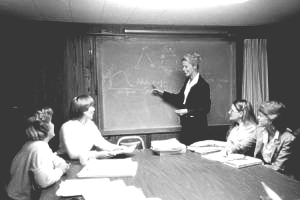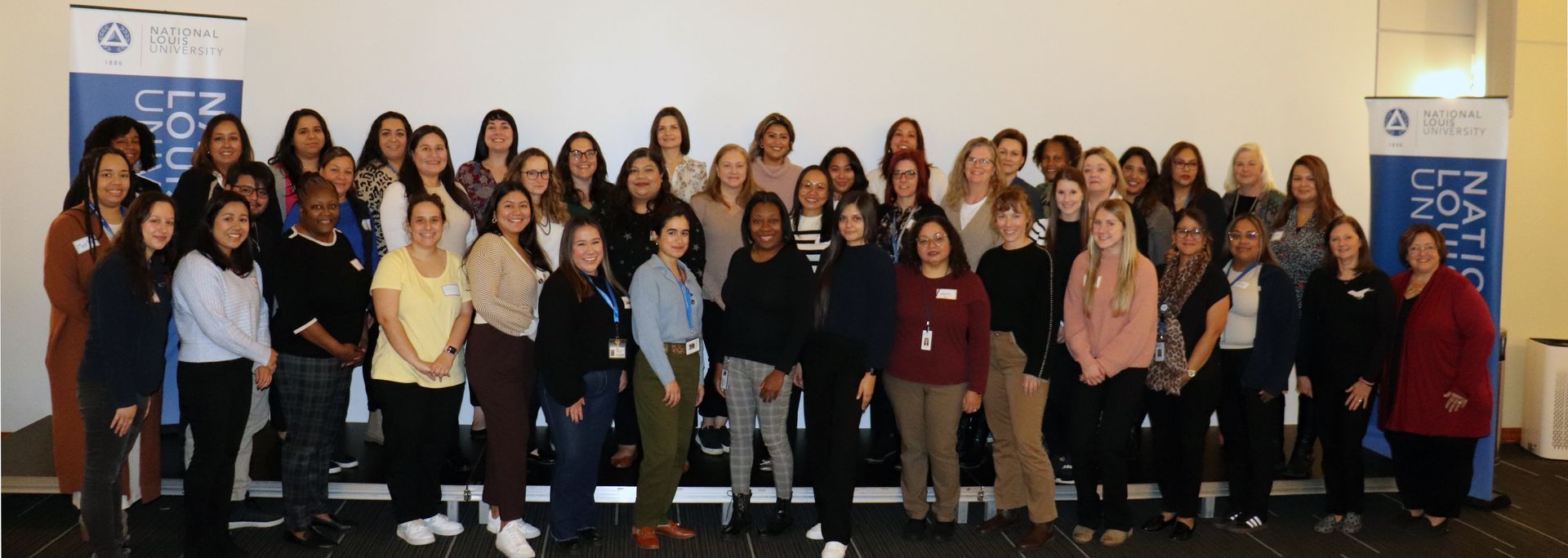BY Marleen Barrett, M.S. | June 4, 2024
This document may be printed, photocopied, and disseminated freely with attribution. All content is the property of the McCormick Center for Early Childhood Leadership.
“I have too many things on my to-do list and not enough time to finish them!” Early childhood administrators have expressed this sentiment often when the subject of workload is discussed. You most likely have said or heard it said as well. Rest assured; you are not alone. Managing time is a universal struggle.
Time management has been a quest of mine for most of my professional career. In my first position out of college, I was given a time management tool to organize work and time. It proved very helpful and launched my pursuit to learn as many time management skills as possible. During my career, I have utilized a number of planners and delivered training on them as well. Even with all my experience with time management systems, I admit they are only as good as the dedication and discipline you put into using them. I have discovered that the power ingredient in managing time is discipline.
The Collins dictionary defines discipline as training that develops self-control. Daniel Walter wrote a book, The Power of Discipline: How to Use Self Control and Mental Toughness to Achieve Your Goals. He said, “Discipline is about doing what you know you’ve got to do even when you don’t feel like it. But for your efforts to make a difference, you must be consistent.”
Any success I experience in time management comes from the discipline of setting aside time daily, weekly, and monthly to determine the priorities of the work and then to put into practice the tools and tips to increase productivity and focus on the priorities of my work and life. Discipline is what sets the casual basketball player apart from the Michael Jordans. Discipline takes commitment and a quest not to back down, but it also reaps big rewards. If you have ever embarked on eliminating a bad habit in your life and were successful, it most likely was because of the discipline you employed to change your thought processes and routines.
When I am disciplined in setting aside time to use the tools to manage my priorities, the results I experience include accomplishing more of my big bucket priorities, feeling energized at the end of the day, and having a sense of empowerment and purpose. These are achieved when the day is comprised of action versus motion.
James Clear, the author of Atomic Habits: An Easy & Proven Way to Build Good Habits and Break Bad Ones, takes a deeper dive into this concept in the blog, “The Mistake Smart People Make: Being in Motion vs. Taking Action.” Think of it like an equation: Motion (i.e., planning time) + action on the priorities = achieving your goals for managing time.
Using tools will increase your success in planning time. Here are some statistics discovered in a recent study conducted by Acuity Training in the United Kingdom:
- Less than one in five people (18%) have a proper time management system.
- Eighty-two percent of people don’t have a time management system. They just use a list or their email inbox.
- The Eisenhower matrix is the most successful time management technique.
- One hundred percent of people using these techniques feel their work is under control either four or five days per week.
- Only 20% (one in five) people carry out a monthly time audit to review how they are spending their time.
- Forty-nine percent of people have never carried out a time audit.
Here are the three tools/systems I have found most helpful. Two of them were mentioned in the UK study:
Stephen Covey popularized the Eisenhower Matrix in his book, The 7 Habits of Highly Effective People. The four-square matrix of “important” and “urgent” aims to focus your actions on the important tasks versus being driven by urgency. Keeping a copy of this matrix handy during your planning time is most helpful.
I like the simplicity of the Ivy Lee Method, and it is a good second step after you have determined the important tasks using the Eisenhower Matrix. List the week’s top five or six priorities and rank them one to six. Do the same each day and determine the top five or six priorities of the day. Start with number one, and don’t move on to others until you complete number one. This method has staying power and has been successful for over 100 years! Don’t be fooled by the simplicity, and enjoy the results you will experience from trying it.
I discovered the Pomodoro Technique a couple of years ago, and it has been a game changer. For me, it is step three and works well together with the other two. This technique is all about focus, giving yourself undistracted time to focus using 30-minute time blocks. Start on one task and give yourself 25 minutes of undistracted time to focus on that one task. Then, take a five-minute break. Depending upon the task you are working on, you may need multiple 30-minute time blocks to complete the task. You will discover how much you can accomplish in 25 minutes when you don’t allow yourself to get distracted.
An additional benefit to these three tools is that you can use them with any time management system you prefer. Several sound systems have been designed to incorporate all of them, but you can modify any tool you currently use to include them.
Consider these action steps:
- Set aside 30 minutes this week to read about the three tools/systems.
- Set a goal to implement one tip you gained.
- Use the tip for a minimum of four weeks.
- At the end of each week, reflect on the outcomes.
The tools are helpful, but only if you use the power tool of discipline. Just as establishing a routine of dedicating 20 minutes a day to exercise will have long-term health benefits, giving 10 to15 minutes a day and 20 to 30 minutes a week to establishing your priorities for time will pay off in the efficiency and effectiveness of your week. The purpose is not to increase the amount of time spent working or the quantity of work achieved each day, but instead, shift the focus to accomplishing the work that matters most.
To check out the many resources and professional development offerings at McCormick Center for Early Childhood Leadership, please see: https://mccormickcenter.nl.edu/
Marleen Barrett, M.S., serves as a leadership training specialist for the McCormick Center for Early Childhood Leadership at National Louis University (NLU). In this role, she assists with the development, facilitation, and coordination of training for McCormick Center Leadership Academies. Marleen serves as a coach for academy participants. She holds a master’s degree in training and development from Loyola University. Prior to working at NLU, she was the director of leadership development for the American Farm Bureau Federation, where she conducted training programs on strategic planning, organizational skills, and team building throughout the United States.






